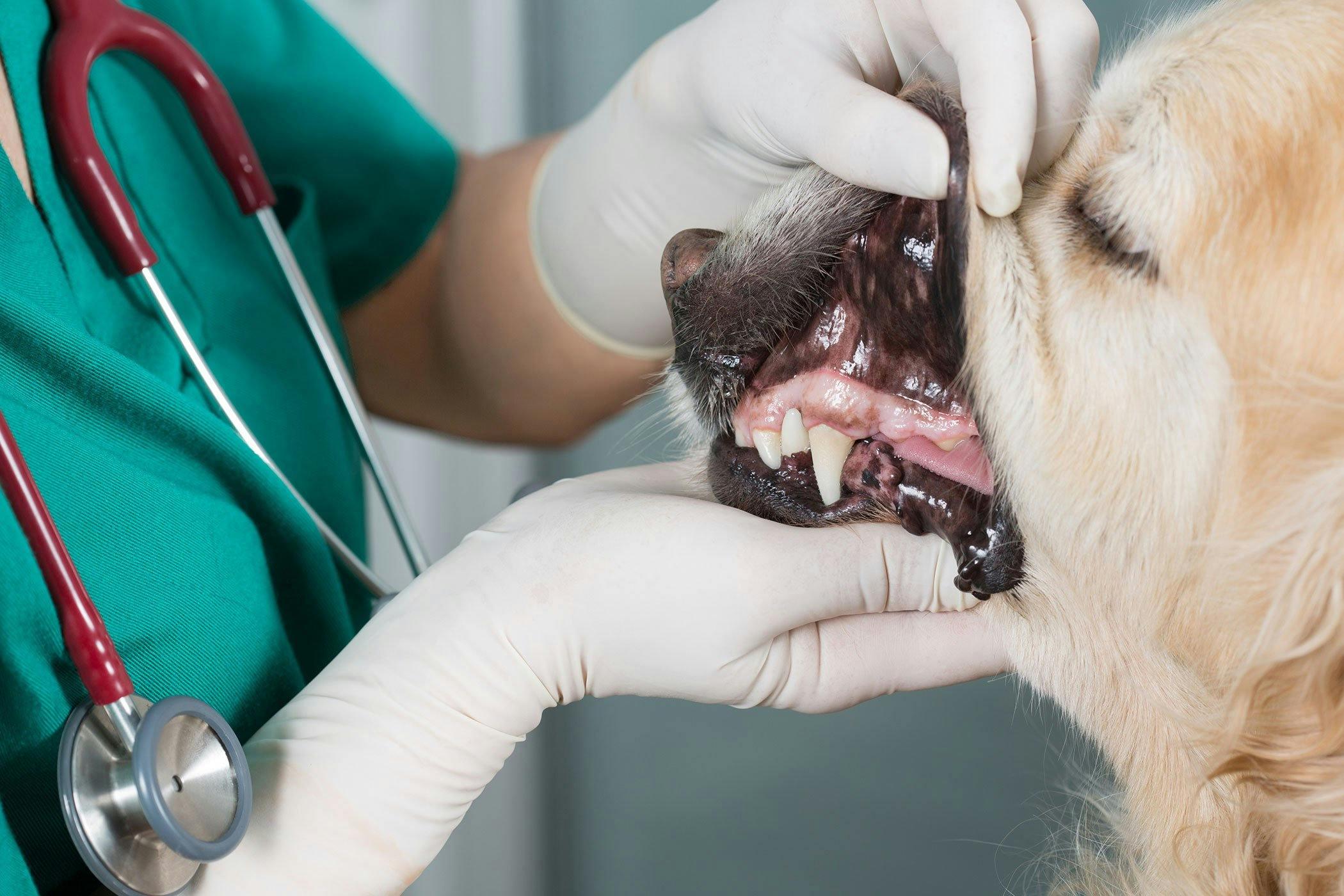Table of contents
Blood in a dog’s urine is an emergency that needs immediate medical treatment. Your vet may provide your pet with anticoagulant drugs or even perform surgery if there’s blood in their lungs, brain or heart.
An extensive physical exam will be performed by your veterinarian to diagnose your condition, which includes taking x-rays and blood samples to analyze prothrombin time analysis in order to assess blood clotting ability.

What Causes Blood Clots in Dogs?
Blood clots can arise in dogs due to various factors:
- Physical trauma, like accidents, sparks inflammation triggering clot formation.
- Endocrine disorders: Cushing’s adrenal gland overactivity escalates clot risk.
- Cancer: Tumor-induced clotting factor overproduction fosters clot development.
- Long-term drugs, e.g., corticosteroids, elevate clotting risk.
- Infections: Inflammatory response from infections prompts clot creation.
- Autoimmune ailments: Antibodies attacking blood cells in autoimmune diseases heighten clot risk.
- IMHA: Dogs with immune-mediated hemolytic anemia might have faulty clot breakdown, leading to persistent clots.
Symptoms of dog clotting encompass anxiety, breathing difficulty, weak hind legs, leg pain, pale/blue pads or nails, paralysis, and vomiting. Immediate veterinary attention is crucial if clotting is suspected.

Signs and Symptoms
Blood clots (also referred to as thrombi) can occur anywhere in the body and when located in lung arteries they prevent oxygenated blood from reaching them, leading to breathing difficulties and coughing up blood. If an unbroken clot travels to other vital areas like the heart or brain it could even result in death.
When blood clots form in a dog’s limbs, you’ll notice they cannot use that particular limb and it may feel cold to touch or turn blue in color. Blood clots in the brain may lead to neurological symptoms such as confusion and loss of coordination that are more serious.
Signs of blood clots will enable both you and your veterinarian to determine whether they pose serious medical threats to your pet.
A physical examination, basic blood work and urine analysis, x-rays or CT scan may all be performed before making a determination on severity. If bleeding disorder exists in the pet’s blood system, medication such as Heparin may also be given in order to reduce or stop further clots forming.
Diagnosis
When taking their dog for blood clot treatment at the vet’s, veterinary staff usually perform a physical exam and conduct urinalysis tests that could reveal conditions that lead to blood clot formation. Such testing could reveal any number of illnesses or disorders which cause them.
Imaging tests like an MRI or CT scan may be utilized to confirm the presence of a blood clot and locate its exact location within the body. Results from such exams will allow veterinarians to establish whether it lies within the brain, heart, or legs.
Dogs with pulmonary thromboembolism will usually require hospitalization and fluid therapy with the drug heparin, in addition to medications to prevent further clot formation. You must adhere to dosage and frequency instructions exactly.
Furthermore, providing your pet with a calm environment as they recover will facilitate healing while giving you the opportunity to monitor its recovery while making sure underlying causes for any clot formation are being addressed effectively.

Treatment
Blood clots in dogs can be serious, so your vet will likely perform a comprehensive exam to diagnose its source.
Imaging tests such as MRI or CT may be used to confirm the presence of clots and where they may be located; additional diagnostic tools include fecal analysis, urine testing, complete blood count examination and serum biochemical studies as part of a standard exam.
Clots (also called thrombus) typically form when blood vessel walls become damaged or flow through an artery or vein is restricted, leading to damage and decreased flow in that vessel. Clots may remain where they formed initially or they may embolize, dislodging pieces to lodge elsewhere in the body.
Coughing up blood or mucus and having difficulty breathing are indicators of lung blood clots; symptoms in legs include feeling cold to touch or turning blue in color and becoming painful or stiff.
Prevention
Blood clots can be extremely harmful as they interfere with adequate blood flow to an affected area, potentially leading to tissue damage and potentially even death.
Depending on where it forms, symptoms will depend on its location; those in limbs might cause loss of function or paralysis while dogs could cough up blood or have difficulty breathing if the clot reaches their heart or brain.
When your dog exhibits symptoms such as bloat, inability to control bladder or bowel movements and blood in their urine, they should see their vet immediately.
A physical exam and series of blood and urinalysis tests will be conducted by your vet; depending on their findings they might prescribe medication that dissolves clots or prevents new ones from forming; alternatively they might treat any underlying issues which caused it – this may include Von Willebrand disease, hemophilia or platelet defects which require treatment from their veterinarian.

How Are Blood Clots in Dogs Diagnosed
Blood clots in dogs can be diagnosed through a combination of methods. Here’s how it’s done:
- Physical Examination: A veterinarian conducts a comprehensive physical examination. They look for indications like lameness, limb coldness, pain, breathing difficulties, coughing, or other relevant symptoms.
- Medical History: Sharing your dog’s medical history is vital. The vet asks about past incidents or underlying diseases that might have contributed to blood clot formation.
- Diagnostic Tests: To confirm and locate blood clots, the following tests are used:
- Blood Tests: Complete blood count (CBC), blood chemistry panel, and coagulation profile check your dog’s overall health and identify abnormalities linked to clotting disorders.
- Imaging Tests: X-rays, ultrasound, or computed tomography (CT) scans visualize blood vessels and organs, especially the lungs where clots often form. These tests pinpoint clot presence and location.
- Doppler Ultrasound: This detects flow issues or blockages due to clots by assessing blood circulation.
- Echocardiogram: Evaluates the heart’s function to identify heart conditions that raise clot risk.
- Angiography: Sometimes, angiography is used to visualize vessels and clots. It involves injecting contrast dye, then using X-rays to observe blood flow.
Remember, if you suspect blood clots in your dog, consult a vet. They’ll perform necessary examinations and tests for proper diagnosis and treatment.
What Are the Treatment Options for Blood Clots in Dogs
Dealing with blood clots in dogs demands swift attention. Consider these treatment choices:
- Initial therapy: Unblock vessels or offer supportive care if removal isn’t possible.
- Anticoagulant medication: Heparin hinders future clots but won’t dissolve existing ones.
- Clot-dissolving medication: Streptokinase dissolves blood clots in dogs.
- Surgical removal: Some clots might require surgical extraction.
- Oxygen cage therapy: For arterial or lung clots, oxygen cage treatment is advised.
Your vet decides the apt approach according to clot location and intensity. Swift veterinary help is vital if a clot is suspected.














